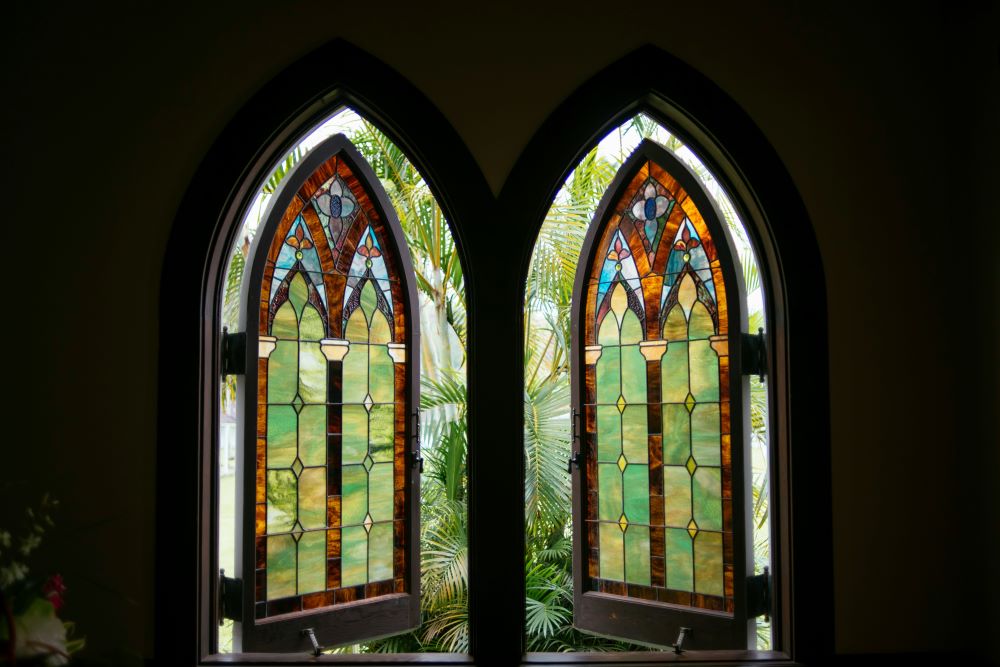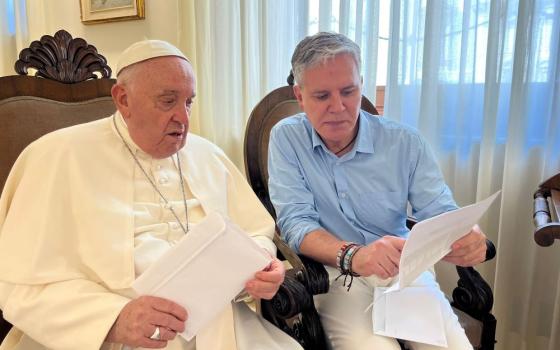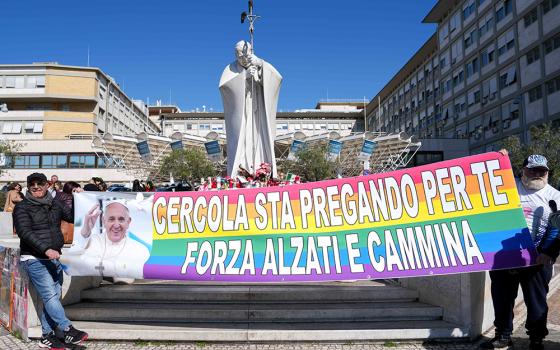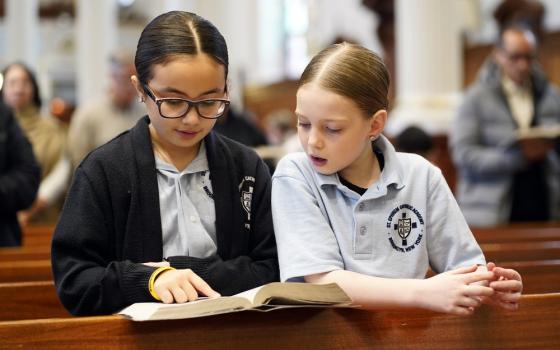
(Unsplash/Stephanie Krist)
As I crossed the graduation stage in May, I felt a welling sense of pride. I was proud of myself, sure, but I also took pride in both my school and my Catholic identity. Attending an interdenominational seminary helped me discover the richness of my Catholic tradition — as well as the wealth of insight and wisdom that exists when we dialogue amongst denominations.
Having been confirmed in the Catholic Church just a mere three years before starting my master's in theology, I found my graduate studies stretched me beyond what my RCIA classes had taught. And since I was usually the only Catholic student in class, I was frequently called upon to speak to the Catholic stance on matters of liturgy or theology. While this representation was daunting, my classmates and professors were patient with me when I needed time to study Catholicism's viewpoint or speak with a trusted friend or priest to better understand a topic. My research fostered an appreciation for the Catholic tradition as I delved into the church fathers and mothers, mystics, and the spiritual and theological basis for my faith.
My classmates and I were encouraged to engage in denomination-specific research, and the ensuing discussions educated us all on facets of our branching traditions and shared faith. When the topic of the Lord's table was examined, we had the full spectrum of transubstantiation, consubstantiation and memorial viewpoints gathered together in class. While inquisitive, the conversation remained respectful. Topics fluctuated between theological differences and ministerial considerations, such as the type of bread and wine, how to best serve those with food allergies or those who were homebound. Our viewpoints diverged on some elements, but the overall intent was a deep desire to honor Christ's sacrifice, to feed our congregations spiritually, and to commune with one another and our God in a meaningful way. It was beautiful to witness this collaboration and creativity, even as I held in my heart a deep gratitude for the sacraments of my Catholic faith.
As I watched this group of future and present church leaders openly admitting their faults, asking for wisdom and advising one another, I was struck by an image of Christianity as a mosaic.
While I often found great pride in the enduring theology and practices of the Catholic Church, the darker times in our history came up as well. However, studying our tarnished past inspired in me both humility and desire for reform.
When a recent scandal in the church became the focus of our classroom discussion, a fellow classmate stated that it was time to move away from this particular stained denomination: Scrap the name, form a new denomination and start fresh. Debate rippled over whether this was wise, with each of us considering whether we would ever go so far as abandoning ship.
I spoke up in support of reform from within, citing my confirmation saint Teresa of Avila as an example of a bold voice who both loved and criticized the church. As we shared stories about how our fallen natures had affected our churches, the healing power of accountability and reconciliation was evident.
As I watched this group of future and present church leaders openly admitting their faults, asking for wisdom and advising one another, I was struck by an image of Christianity as a mosaic. Our earthly church could come together to strengthen and help one another serve the people of God — a broken but beautiful picture of wholeness.
Another area of study which brought both delight and perspective was our engagement with spirituality. We were repeatedly taught that nourishing our interior life was vital as we continued our more cerebral education. The practices we were taught were drawn predominantly from the Ignatian tradition and included imaginative prayer, lectio divina and silent retreats. These practices often resulted in more creative expressions of faith. My friends wrote hymns, plays, poetry and prayers, all demonstrating an outpouring of the Spirit through various forms of connection with God.
Advertisement
One classmate asked me to meet up and discuss the rosary and saints. She had stumbled upon a book on the lives of saints and was fascinated by the wealth of wisdom and encouragement in their lives and writing. We chatted about mysticism, rosaries, saints and all the mysterious richness I have found in Catholicism. I admitted with a chuckle, "I have barely scratched the surface of this tradition," and my friend surprised me by enthusiastically replying, "isn’t that the best part! There’s always more to discover!" It was a joy to see the ways our spirituality and creativity informed and influenced one another.
My experience attending an interdenominational seminary filled me with hope for a future where the various branches of Christianity can support one another in love. Like a stained-glass window in which various hues shine through, there is a luminous effect when we all come together, fragmented and fragile, but wondrous in the glow of the sun.






